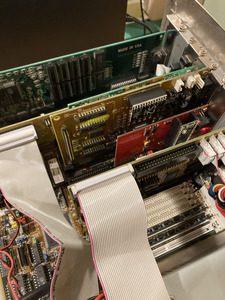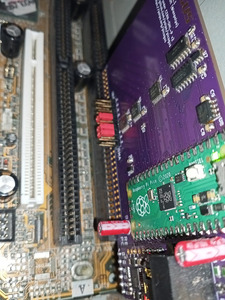Reply 260 of 826, by Shreddoc
- Rank
- Oldbie
For my info:
Mobygames list of Tandy supported games: https://www.mobygames.com/attributes/attribute/32/
Mobygames list of Game Blaster (CMS) supported games: https://www.mobygames.com/attributes/attribute/42/
polpo wrote on 2023-02-22, 16:44:Just a day after v0.5.x, firmware v0.6.0 is released! https://github.com/polpo/picogus/releases/tag/v0.6.0
Not much in the way of release notes for this one... just one line: it adds CMS/Game Blaster emulation support! Here's a video of it playing the Monkey Island title song: https://youtu.be/ZYp9p7xOD0A
Woah, how awesome, thanks a lot. This is going to be my first time experiencing these (Tandy, CMS) sound cards in person, quite excited about the CMS in particular.
Separately, a quick note that the labelling of components C9 and C10 is swapped between the online BOM helper and the physical v1.1 PCB. It's no great issue, but can be a point of minor confusion or error if someone is religiously following those BOM references while soldering. (not that anyone would ever do that! 🤣 "don't-ask-me-how-I-know!" 🤣)

